Key Takeaways
-
Early Detection Matters: Inspect your garden regularly to catch cucumber beetles early and prevent widespread damage.
-
Preventive Measures: Practice crop rotation, keep your garden tidy, and use companion planting to deter beetles naturally.
-
Physical Defenses: Floating row covers and garden netting shield young plants while allowing beneficial insects to thrive.
-
Organic Solutions: Use neem oil, diatomaceous earth, or kaolin clay as safe, eco-friendly ways to manage beetle infestations.
-
Trap Smartly: Yellow sticky traps and pheromone-based traps offer effective, non-toxic population control.
-
Manual Control: Handpick beetles daily to keep populations in check—simple but surprisingly effective when done consistently.
-
Chemical Control (Only If Needed): Apply insecticides like pyrethrin or permethrin only as a last resort and with caution to protect your garden’s ecosystem.
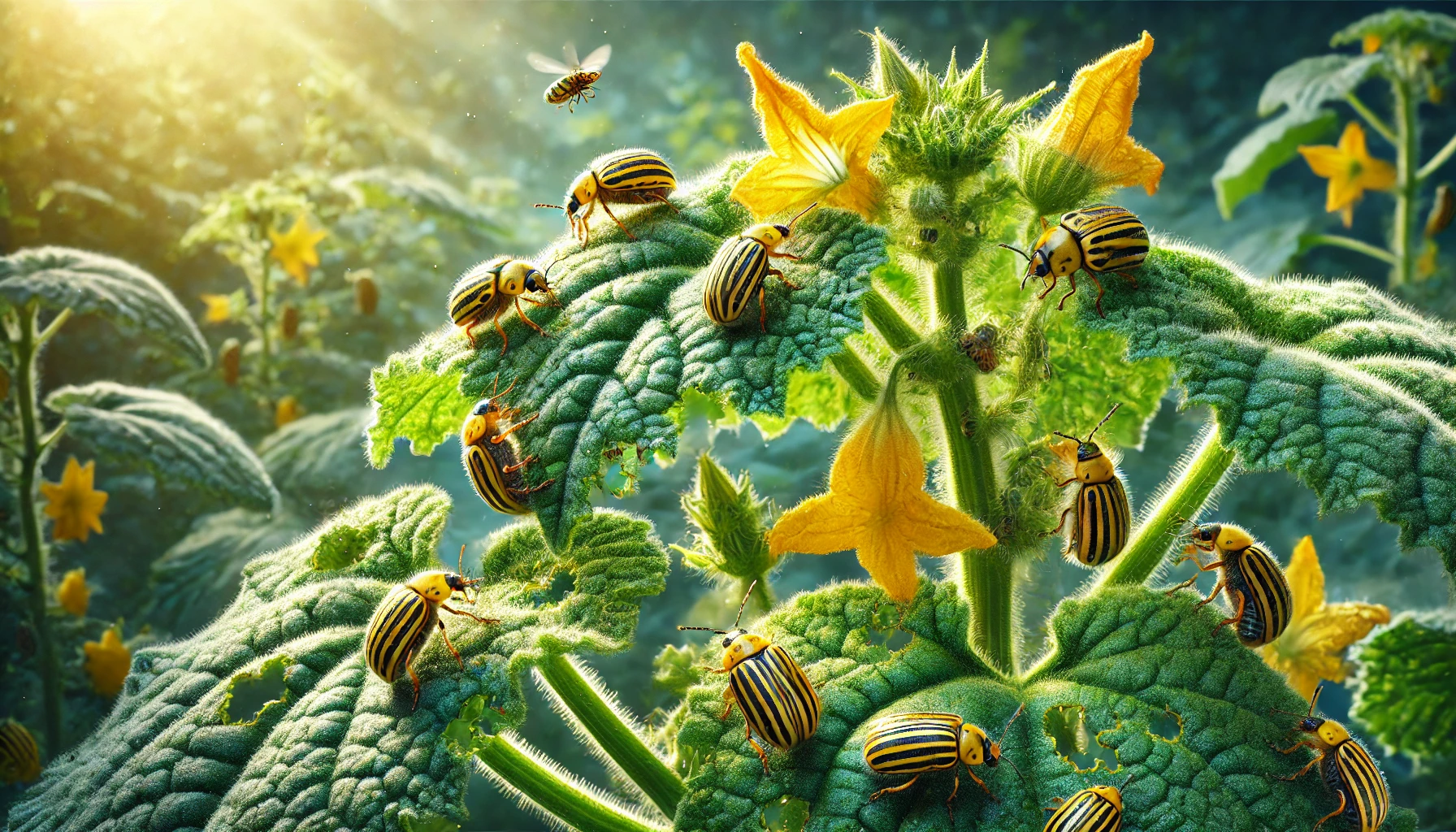
Ever stroll out to your garden, coffee in hand, expecting vibrant cucumber vines, but instead spotting those tiny yellow beetles making a meal of your plants? Yep, cucumber beetles have crashed your garden party. Frustrating, isn’t it? But hey, don’t throw in the towel just yet. Let’s walk through some proven, straightforward solutions that’ll help you take back your garden—and keep those pests away for good.
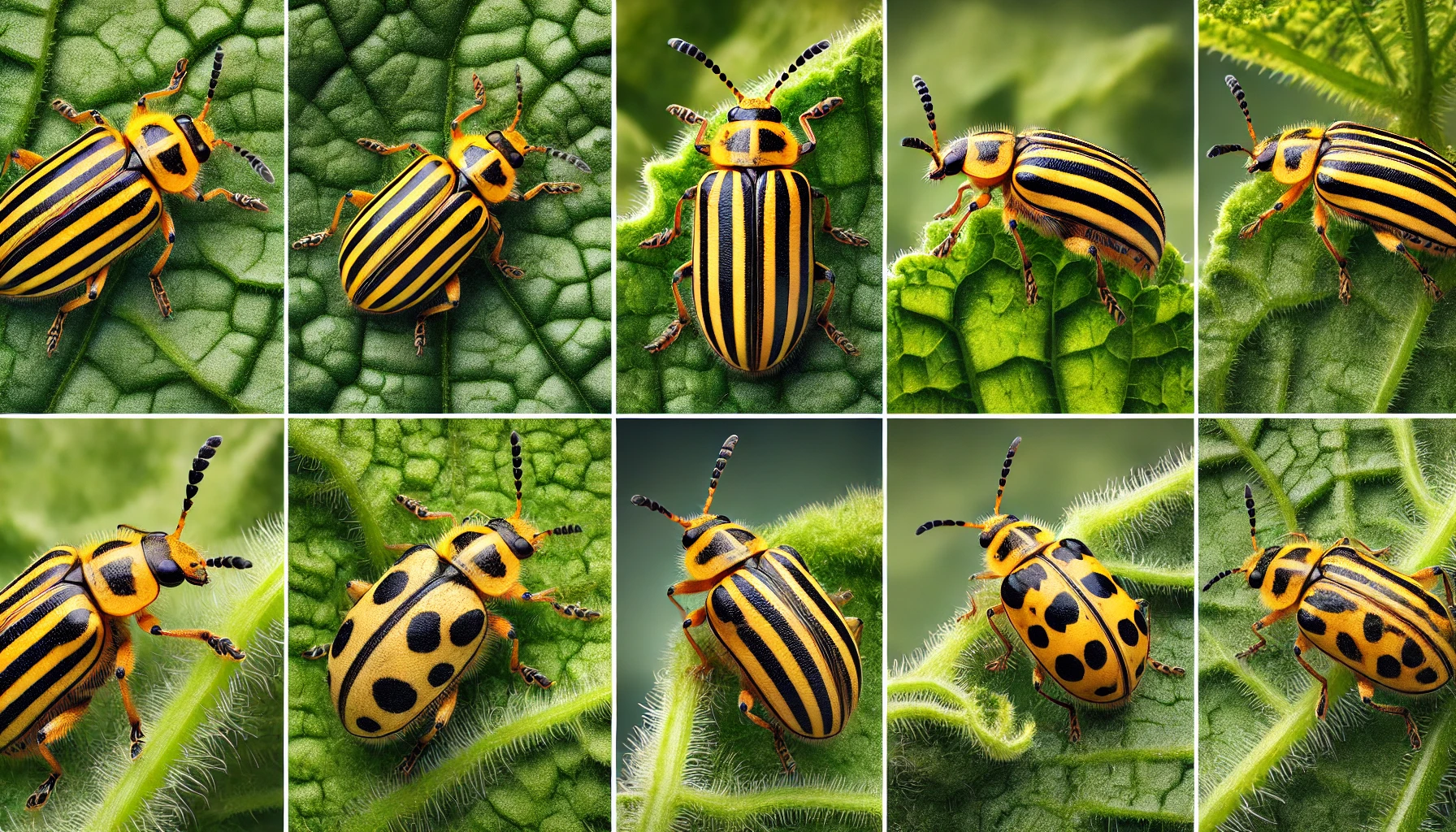

Not getting a solution?
Get your free pest control estimate today!Identify Cucumber Beetles
- Before jumping into action, let’s ensure you’re dealing with the right culprit. Cucumber beetles generally come in two varieties:
-
Striped Cucumber Beetles: Bright yellow beetles with bold black stripes—very noticeable garden pests.
-
Spotted Cucumber Beetles: Greenish-yellow beetles dotted with black spots are equally destructive.
- Direct damage: Holes and scars on your leaves, flowers, and fruits. Ever tried slicing open a cucumber riddled with holes? Not appetizing.
- Bacterial wilt: Worse than visible damage, these beetles transmit a disease causing plants to wilt rapidly and permanently. Once your plants get this, it’s game over.

Keeping the Beetles Away (Preventive Strategies)
- Prevention is crucial. Here are some straightforward steps to keep these pests from even considering your garden:
-
Clean Up Regularly: Clear garden debris and weeds to eliminate beetle hiding spots and reduce next season’s infestation.
-
Rotate Those Crops: Change planting locations yearly to break beetles’ reproductive cycle and reduce population buildup.
-
Timing Matters: Delay planting or start indoors to avoid peak beetle season and minimize damage.
-
Physical Barriers: Use floating row covers early, then remove them when flowers bloom for pollination access.
-
Friendly Plants: Grow nasturtiums, marigolds, or catnip to naturally repel beetles and beautify your garden.
-
The Trap Crop Trick: Plant Blue Hubbard squash to lure beetles away from main crops, making control easier.
Getting Rid of Beetles (Active Control Methods)
Let’s say prevention didn’t quite do the trick. Here’s what you can do next: Handpicking Beetles (Old-School but Effective) In the morning or evening beetle is the ideal time for picking – they are dull and can be easily caught. Just leave them directly in soap water. It may look simple, but it works incredibly well when it is regularly practiced. Think of it as a morning ritual – get your coffee, walk around your garden, and one by one to the beetle.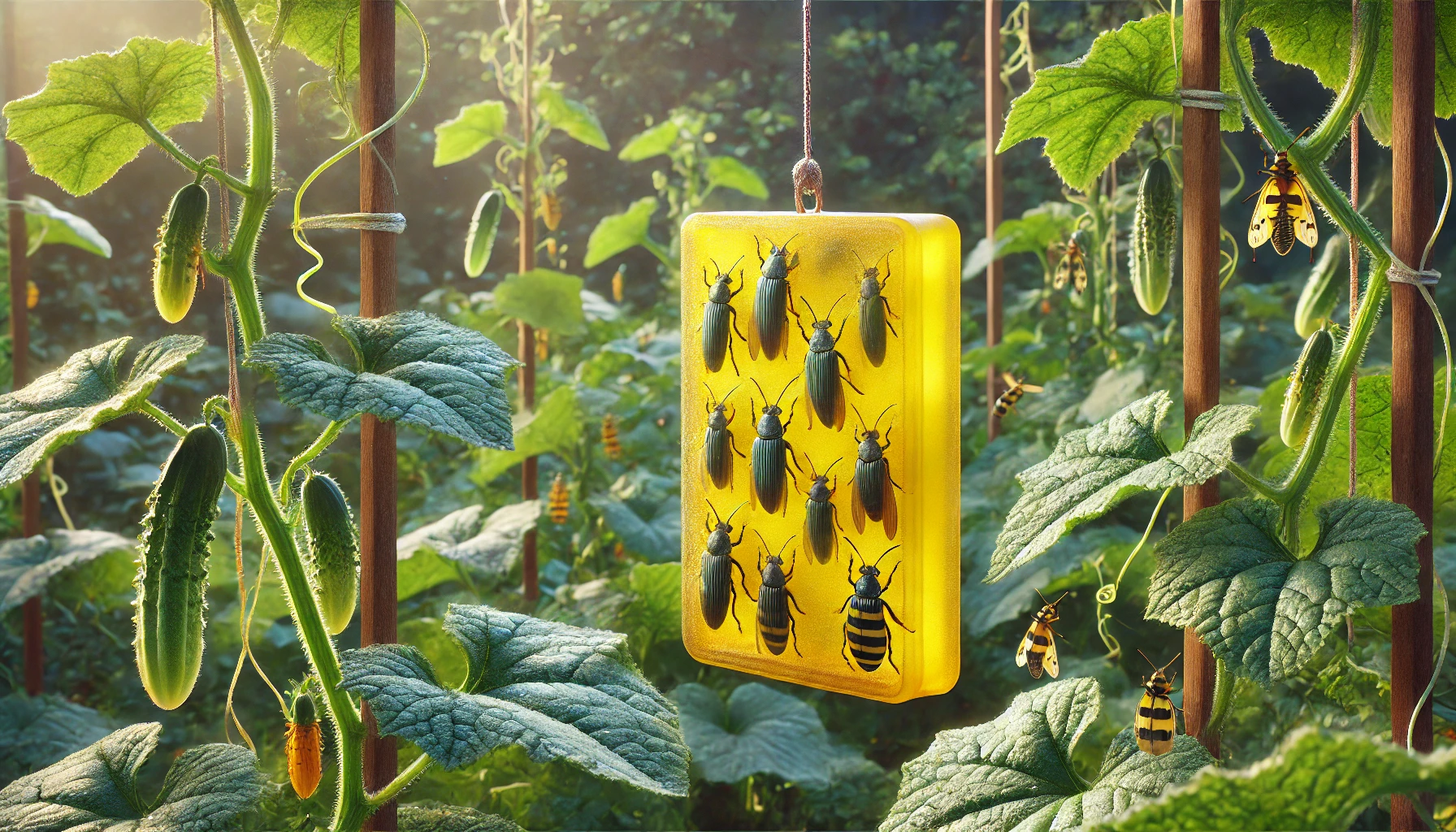 Yellow Sticky Traps
Beetles find the color yellow irresistible. Strategically place sticky traps around your plants. You’ll be shocked by how many beetles get stuck in this simple solution. It’s oddly satisfying to see how effective these traps can be.
Yellow Sticky Traps
Beetles find the color yellow irresistible. Strategically place sticky traps around your plants. You’ll be shocked by how many beetles get stuck in this simple solution. It’s oddly satisfying to see how effective these traps can be.
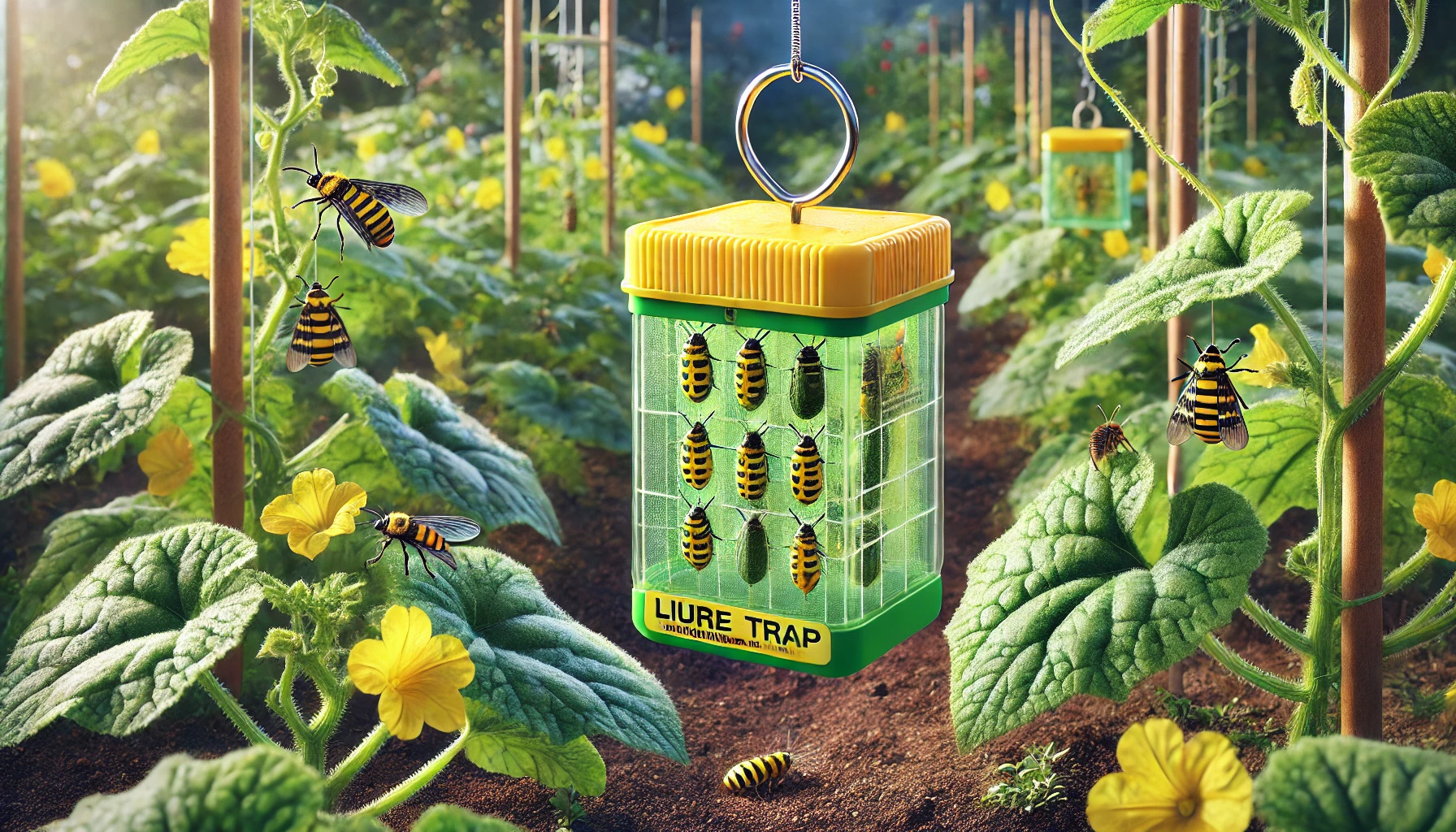 Specialized Lure Traps
These traps not only have the attractive yellow color but also use special scents to draw beetles in. They’re easy to use, highly effective, and help keep chemicals out of your garden ecosystem. Think of these traps as beetle magnets—drawing them away from your precious cucumbers.
Neem Oil (Your Organic Ally)
Neem oil is essentially the superhero of all things organic pest control. Spray directly onto leaf surfaces—both top and bottom—to keep beetles away. Respray following rain or saturating watering to maintain consistent activity. Neem oil not only repels beetles—it shields plants from other insects and diseases brought on by fungus. What a multi-tasker!
Specialized Lure Traps
These traps not only have the attractive yellow color but also use special scents to draw beetles in. They’re easy to use, highly effective, and help keep chemicals out of your garden ecosystem. Think of these traps as beetle magnets—drawing them away from your precious cucumbers.
Neem Oil (Your Organic Ally)
Neem oil is essentially the superhero of all things organic pest control. Spray directly onto leaf surfaces—both top and bottom—to keep beetles away. Respray following rain or saturating watering to maintain consistent activity. Neem oil not only repels beetles—it shields plants from other insects and diseases brought on by fungus. What a multi-tasker!
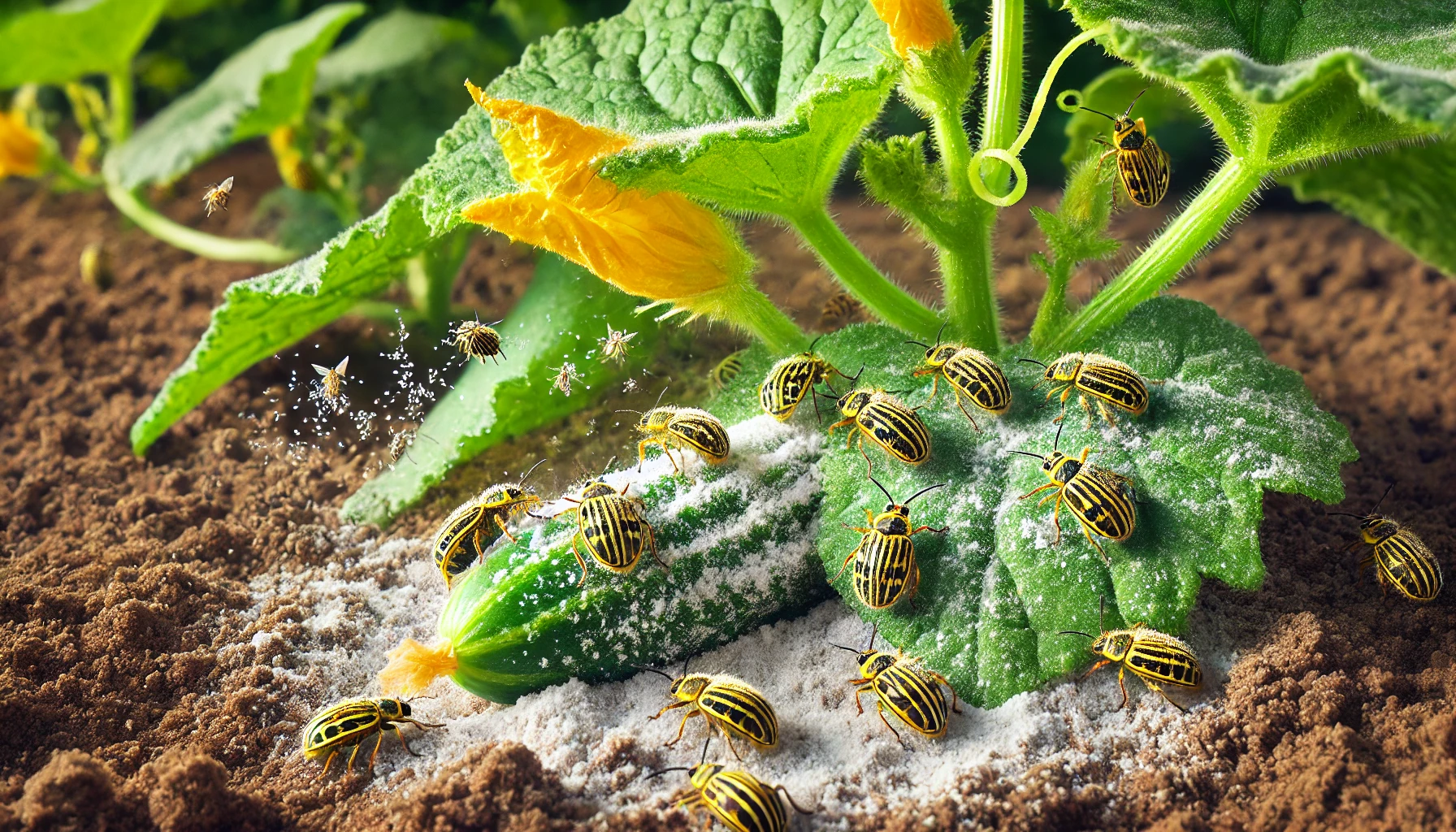 Diatomaceous Earth (Nature’s Pest Control)
Food-grade diatomaceous earth might look like harmless powder, but it’s deadly for beetles. Sprinkle it around your plants (avoiding blossoms). Beetles that come in contact with it dry out and perish pretty quickly. It’s like creating a protective barrier of microscopic razor blades—harmless to you but lethal to beetles.
Diatomaceous Earth (Nature’s Pest Control)
Food-grade diatomaceous earth might look like harmless powder, but it’s deadly for beetles. Sprinkle it around your plants (avoiding blossoms). Beetles that come in contact with it dry out and perish pretty quickly. It’s like creating a protective barrier of microscopic razor blades—harmless to you but lethal to beetles.
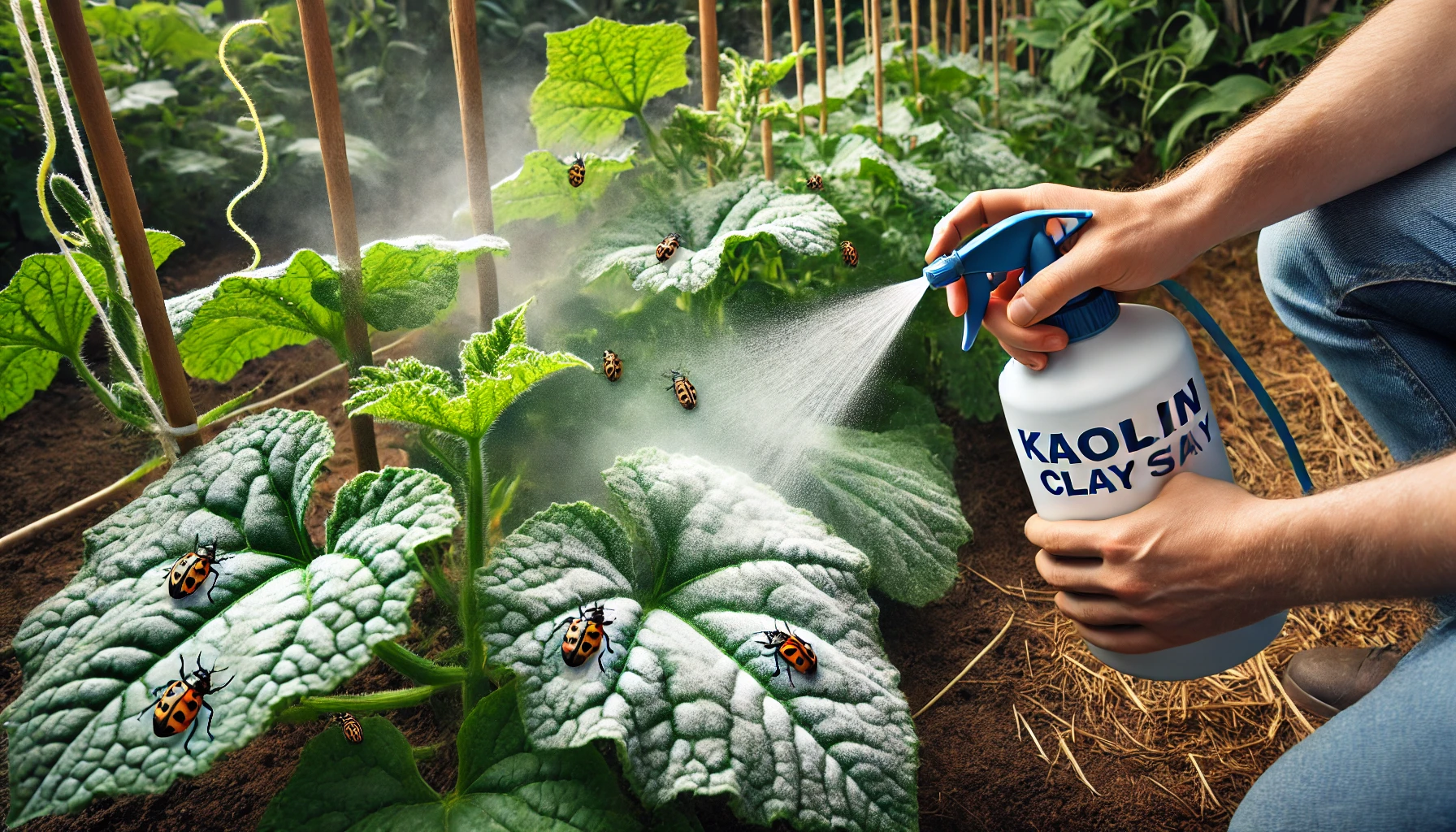 Kaolin Clay Spray
A little unconventional but very effective—kaolin clay creates a protective film over your plant leaves, making it hard for beetles to feed. You’ll notice a harmless white residue afterward; it’s a minor inconvenience considering the protection it offers. Picture it like sunscreen for your plants—protecting them from unwanted guests.
Chemicals: Only If Absolutely Necessary
If you’re at your wits’ end, chemical insecticides like pyrethrin and permethrin can help. Always follow the instructions on the product carefully. Apply in the evening when pollinators are inactive—this ensures you’re minimizing harm to beneficial insects. Chemicals should be your last resort, but sometimes, desperate times call for careful measures.
Gardening is full of surprises and challenges, and cucumber beetles are just one of them. But with patience, persistence, and these practical strategies, you’ll be harvesting healthy, delicious produce again in no time.
If you feel things have gone out of control, it is advised to contact pest control professionals. Our team can provide a customized approach to protect your home effectively.
Kaolin Clay Spray
A little unconventional but very effective—kaolin clay creates a protective film over your plant leaves, making it hard for beetles to feed. You’ll notice a harmless white residue afterward; it’s a minor inconvenience considering the protection it offers. Picture it like sunscreen for your plants—protecting them from unwanted guests.
Chemicals: Only If Absolutely Necessary
If you’re at your wits’ end, chemical insecticides like pyrethrin and permethrin can help. Always follow the instructions on the product carefully. Apply in the evening when pollinators are inactive—this ensures you’re minimizing harm to beneficial insects. Chemicals should be your last resort, but sometimes, desperate times call for careful measures.
Gardening is full of surprises and challenges, and cucumber beetles are just one of them. But with patience, persistence, and these practical strategies, you’ll be harvesting healthy, delicious produce again in no time.
If you feel things have gone out of control, it is advised to contact pest control professionals. Our team can provide a customized approach to protect your home effectively.
Visit our Species, Control, and DIY Guide sections for additional resources on beetles and ways to tackle a beetles infestation.





